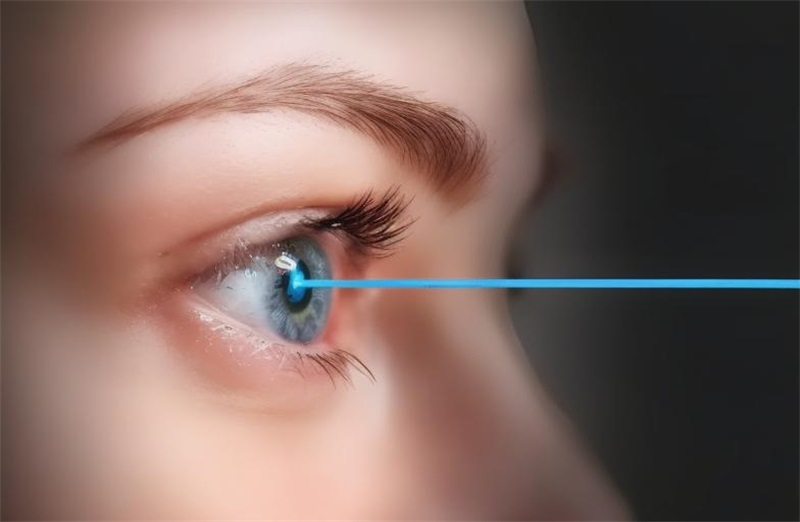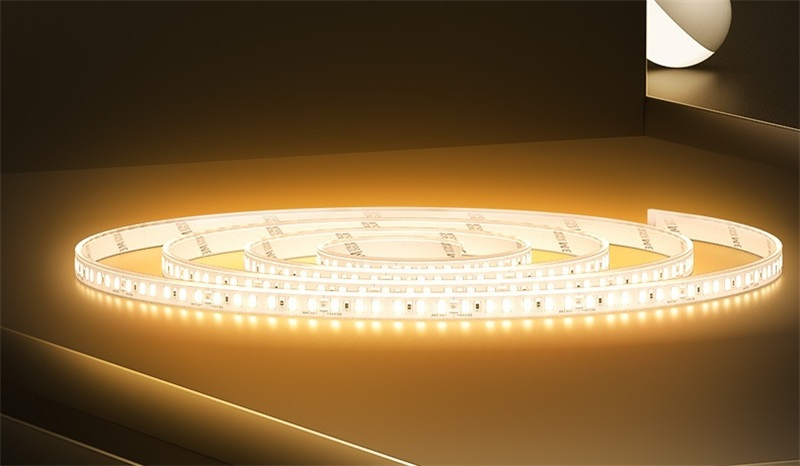High Quality OEM/ODM LED Strip Manufacturer
High Quality OEM/ODM LED Strip Manufacturer
March 9, 2023 995
Light plays a crucial role in our visual perception, and different colors of light can have varying effects on our eyes. The way light interacts with our eyes depends on its wavelength and energy, and these interactions can influence both our physiological and psychological responses. This article explores how different colored lights affect our eyes and their potential impact on visual health.

Light is a form of electromagnetic radiation, and the human eye can perceive wavelengths within the visible light spectrum, ranging from approximately 400 nanometers (nm) for violet light to 700 nm for red light. The color of light is determined by its wavelength, with shorter wavelengths corresponding to blue and violet light, and longer wavelengths corresponding to red and orange light. The different wavelengths of light interact with our eyes in unique ways.
Blue light, with wavelengths between 400 and 495 nm, is of particular concern due to its high energy. While blue light is naturally present in sunlight, it is also emitted in significant amounts by digital screens, such as those on computers, smartphones, and tablets. Prolonged exposure to blue light has been associated with potential harm to the eyes.
Blue light has the ability to penetrate deep into the eye, reaching the retina. Research indicates that long-term exposure to blue light may increase the risk of developing macular degeneration, a condition that affects central vision. Additionally, blue light is known to interfere with the production of melatonin, a hormone that regulates sleep, which can lead to disrupted sleep patterns and decreased sleep quality.
Red light (620-700 nm) and green light (495-570 nm) generally have a milder impact on the eyes compared to blue light. Red light has a longer wavelength and lower energy, making it less likely to cause retinal damage. Interestingly, some studies suggest that red light may have protective and reparative effects on retinal cells, particularly in low-light conditions or at night.
Green light is often associated with a calming effect and can help reduce eye strain. Some studies recommend using green light to alleviate eye tension and even relieve symptoms of migraines. However, excessive exposure to intense green light, especially at high brightness levels, can still lead to eye fatigue.
Violet light, with wavelengths between 400 and 450 nm, is located at the shorter wavelength end of the visible spectrum, similar to blue light. Although the effects of violet light on the eyes are not as well understood, some studies suggest that it may cause retinal damage similar to that caused by blue light. Additionally, violet light may increase the risk of oxidative stress in the retina, which could contribute to the development of eye diseases.
Prolonged exposure to harmful light environments can have cumulative effects on eye health. For instance, long-term exposure to high levels of blue or violet light may lead to retinal damage and accelerate the aging process of the eyes. On the other hand, controlled exposure to red or green light may help maintain eye health by offering protective benefits.

To protect your eyes from the potentially harmful effects of certain types of light, it is advisable to limit screen time, particularly during the evening, and avoid exposure to strong blue light before bedtime. Using blue light filtering glasses or screen protectors can also be an effective preventive measure. For those who spend long hours in front of screens, regular eye breaks and eye relaxation exercises are essential to reduce eye strain and prevent long-term damage.
Different colors of light have varying effects on the eyes, and understanding these effects can help us better protect our vision. By managing light exposure and making informed choices about our visual environment, we can minimize the harmful impact of certain wavelengths on our eyes and maintain good visual health. Implementing appropriate measures in our daily lives will help ensure our eyes remain healthy and our vision stays sharp for years to come.
If you still want to know how different light colours affect your eyes? Please read 《What Color Light Is Best for Your Eyes at Night?》
Need professional help? Contact our team for expert support and personalized solutions. We’re here to assist you. Contact Us
We respond to all inquiries within 12 hours. Contact us now!
